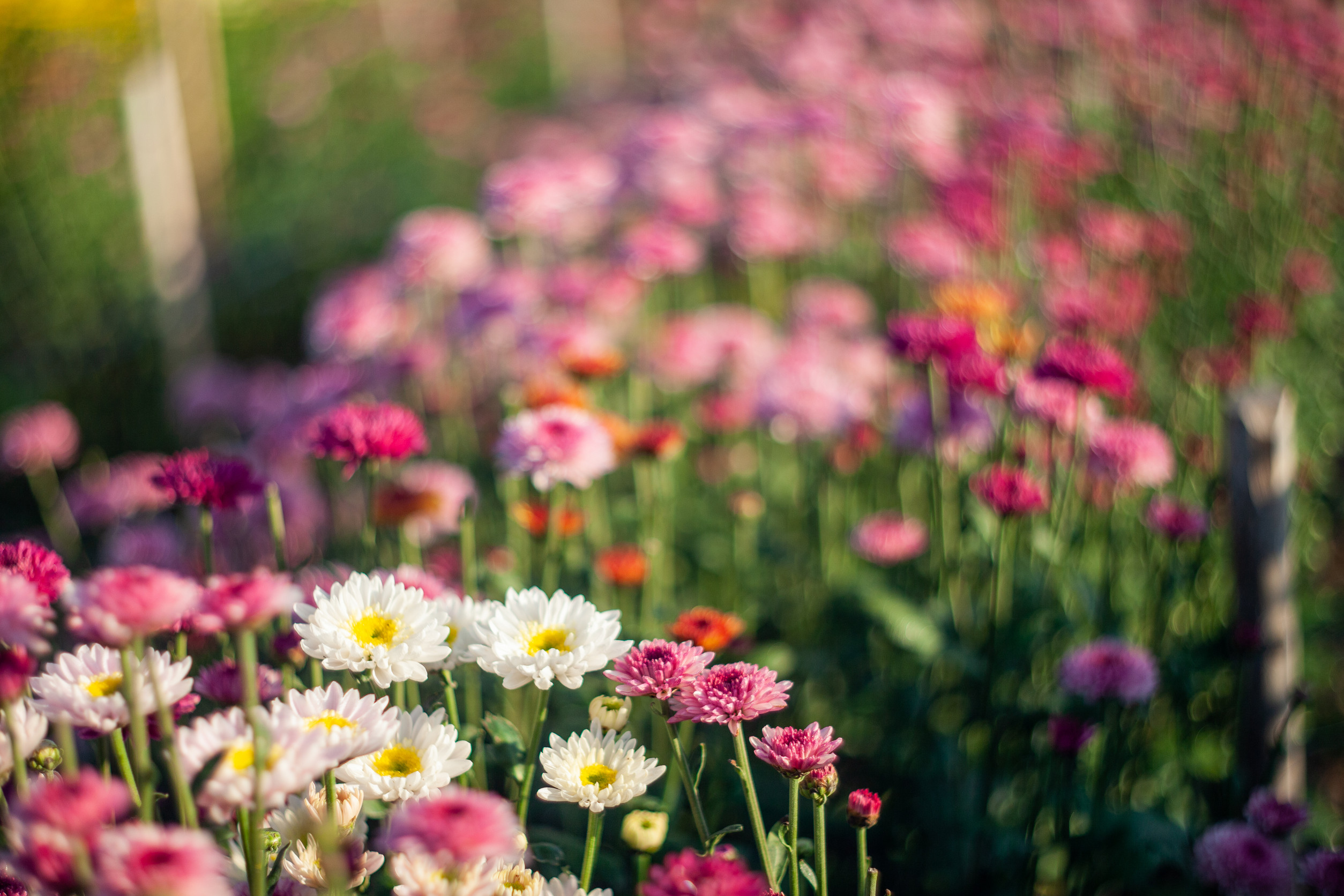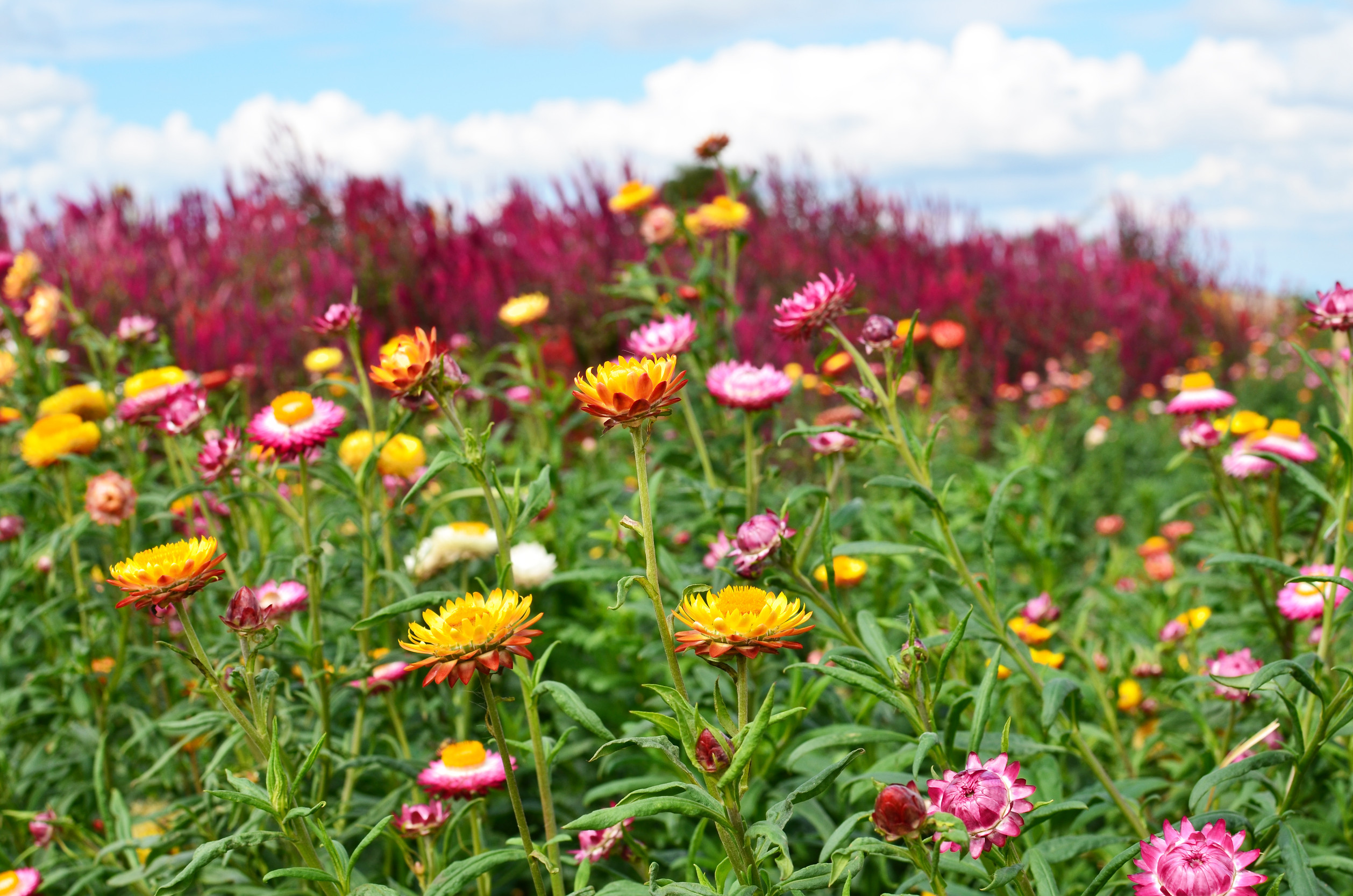
If your garden’s starting to look like it partied too hard this summer, you’re not alone. Plants once lush and lively might be flopping, thinning out, or just looking… tired. Don’t worry—it’s not you, it’s them. Many perennials, those faithful garden workhorses that come back year after year, need a little tough love now and then. Dividing them at the right time keeps your garden thriving, your plants happier, and your flower beds from turning into overgrown chaos.
So, grab your gloves and your garden fork—it’s time to learn how to spot which perennials are waving the “divide me now” flag.
1. They’re Crowding Each Other Like Party Crashers
When your perennials start competing for elbow room, it’s a sure sign they need dividing. You’ll notice plants growing so close together they look like a green traffic jam—roots intertwined, leaves overlapping, and flowers struggling for sunlight. This overcrowding means they’re stealing each other’s nutrients and water, leaving everyone weaker. Plants that once bloomed beautifully might now look smaller and less colorful. If you can’t see soil between the plants anymore, it’s time to give them a little personal space and dig in for a split.
2. Blooms Are Fewer, Smaller, or Missing in Action
Remember when your daylilies or irises used to be the stars of the show? If those same plants are now producing lackluster blooms—or none at all—it’s a major red flag. As perennials age, their centers can become dense and unproductive while the outer edges keep growing. This uneven growth pattern results in fewer flowers and a generally “meh” display. By dividing and replanting the younger, outer sections, you rejuvenate your plant’s performance and bring back that full bloom magic. Think of it as giving your garden a glow-up.
3. The Center Looks Dead or Hollow
Take a peek at the middle of your clump-forming plants. Do you see a bald spot surrounded by healthy growth? That’s the plant’s way of saying, “Help, I’m exhausted.” Over time, the center of many perennials—like hostas, black-eyed Susans, and asters—can die out as the outer sections keep expanding. Dividing these plants removes the old, lifeless core and lets new shoots thrive. It’s like trimming split ends—you get rid of the dead stuff so the rest can shine.
4. They’re Taking Over More Space Than You Planned
One minute, your ornamental grass looked perfectly balanced next to your peonies; the next, it’s threatening to swallow them whole. When perennials start creeping into other plants’ territory or pushing over garden borders, it’s a strong hint they’re overdue for division. Some plants—like bee balm and coneflowers—spread aggressively through underground roots or rhizomes. If left unchecked, they can dominate your garden and suffocate weaker neighbors. Dividing them not only keeps your beds tidy but also lets you share extra clumps with friends (or start a new flower bed altogether).

5. They’re Flopping Over or Falling Apart
If your perennials look like they’ve lost their core strength—falling outward, splitting at the center, or flopping after rain—it’s another sign they need dividing. This happens because their roots are too dense to support healthy, upright growth. The plant can’t efficiently take in water or nutrients anymore, causing stems to weaken. After division, each new section gets a fresh start with more space and vigor. Suddenly, your once-floppy plants will be standing tall and proud again.
6. You’ve Noticed Slower Growth Year After Year
If your once-speedy growers now look like they’re running out of steam, division might be the key. Perennials that used to double in size each season can plateau when their roots become overcrowded and depleted. Slower growth often means the plant’s internal nutrient system is struggling to keep up. By dividing and replanting, you refresh the root structure and give it renewed access to water, oxygen, and minerals. In a few weeks, you’ll see those plants bounce back like they’ve had an espresso shot.
7. They’re More Susceptible to Disease or Pests
When perennials get too dense, airflow decreases and moisture lingers, creating a perfect environment for fungal diseases and pests. If you’ve noticed powdery mildew, root rot, or an uptick in bugs, overcrowding could be the culprit. Dividing the plants helps open things up, improves air circulation, and makes it harder for disease to spread. It’s a simple but powerful way to keep your garden healthier without relying on sprays. Your plants will breathe easier—and so will you.
8. It’s Been Three or More Years Since Their Last Split
Even if your plants look fine, time alone can be a reason to divide. Most perennials benefit from splitting every three to five years, depending on the species. Think of it as routine maintenance—like changing your car’s oil before the engine starts sputtering. By dividing on a schedule, you prevent overcrowding and keep your plants vigorous long-term. Plus, you get bonus plants for free—who doesn’t love multiplying their garden without spending a dime?
9. The Season Is Just Right
The best time to divide perennials is when they’re not in active bloom—usually early spring or early fall. This timing gives the roots a chance to settle before extreme weather hits. Fall division is especially great because the soil is still warm, encouraging root growth, while cooler air reduces stress on the plant. If your perennials are showing the signs we’ve talked about and the timing lines up, don’t wait. Grab your spade, mark your clumps, and start splitting before winter rolls in.
Give Your Perennials the Space They Deserve
Perennials are tough, loyal, and hardworking—but even they need a little breathing room now and then. By watching for signs like overcrowding, weak blooms, and slow growth, you can catch the perfect moment to divide and rejuvenate your plants. A few hours of effort now can mean bigger blooms, healthier growth, and a more balanced garden next season.
Have you divided your perennials recently or spotted any of these signs in your yard? Share your experiences, stories, and garden wins in the comments below.
You May Also Like…
- How to Protect Tender Perennials From Sudden Frost
- How to Build a Leaf Mold Pile That Actually Breaks Down
- 7 Low-Maintenance Flowers That Thrive With Little Water
- 5 Fall Planting Mistakes That Kill Your Harvest
- Why Your Garden Needs a Journal (Even If You Hate Writing)
The post How to Spot Perennials That Need Dividing Now appeared first on Frugal Gardening.







